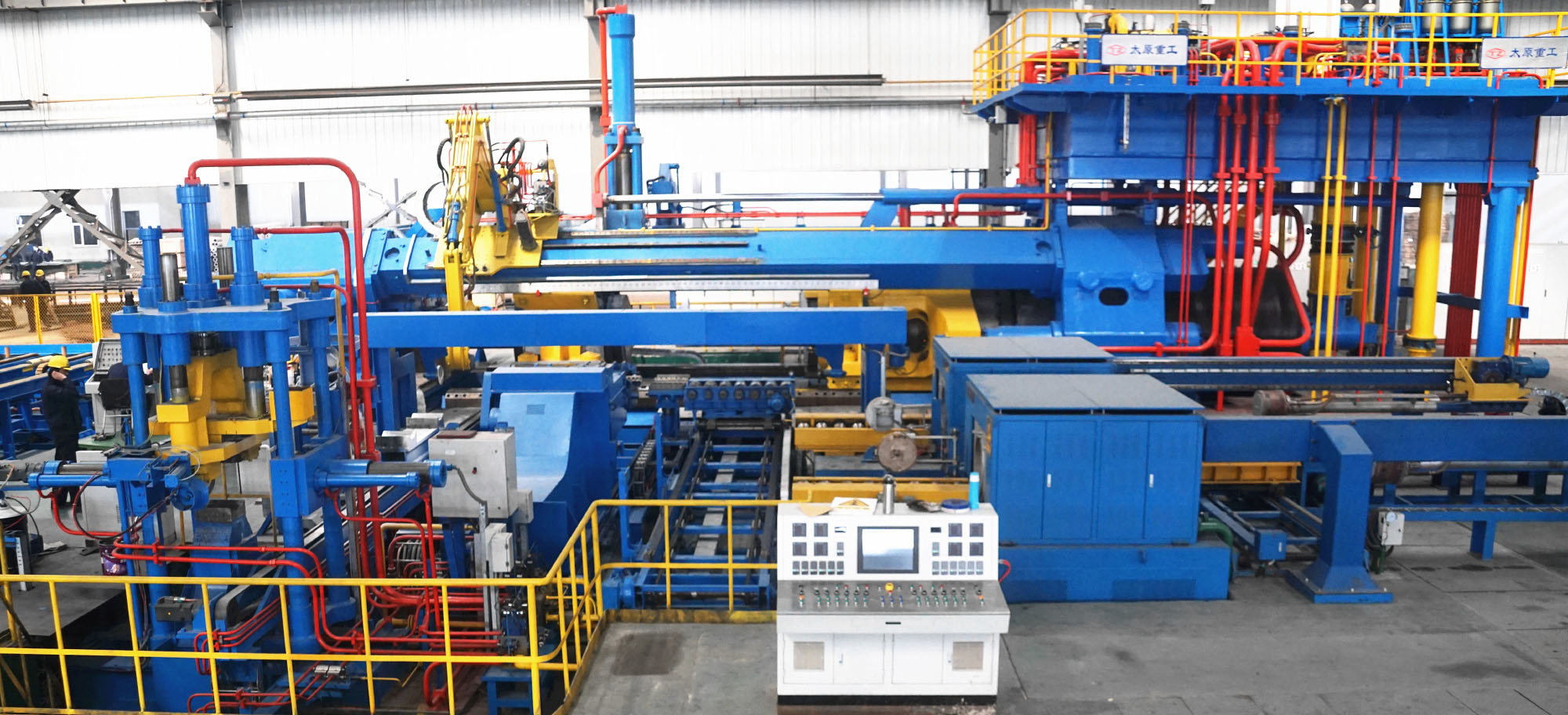The Critical Role of 7475 Aluminum Alloy in High-Performance Racing
The Critical Role of 7475 Aluminum Alloy in High-Performance Racing Table of Contents 1. Introduction to 7475 Aluminum Alloy 2. Key Properties of 7475 Aluminum Alloy 3. Advantages of Using 7475 Aluminum Alloy in Racing 4. Applications of 7475 Aluminum Alloy in High-Performance Racing 5. Manufacturing Processes for 7475 Aluminum Alloy 6. 7475 Aluminum Alloy vs. Other Alloys
Jun 22,2025
The Critical Role of 7475 Aluminum Alloy in High-Performance Racing
Table of Contents
- 1. Introduction to 7475 Aluminum Alloy
- 2. Key Properties of 7475 Aluminum Alloy
- 3. Advantages of Using 7475 Aluminum Alloy in Racing
- 4. Applications of 7475 Aluminum Alloy in High-Performance Racing
- 5. Manufacturing Processes for 7475 Aluminum Alloy
- 6. 7475 Aluminum Alloy vs. Other Alloys
- 7. Case Studies: Success Stories in Racing
- 8. The Future of 7475 Aluminum Alloy in Racing
- 9. Frequently Asked Questions
- 10. Conclusion
1. Introduction to 7475 Aluminum Alloy
In the high-speed world of racing, every single component plays a pivotal role in securing victory. Among these components, the 7475 aluminum alloy has emerged as a material of choice for engineers and manufacturers. This alloy is renowned for its remarkable strength-to-weight ratio, making it a critical player in the realm of high-performance racing. In this article, we will explore why 7475 aluminum alloy is essential in creating cutting-edge racing vehicles, and how it enhances performance, safety, and efficiency.
2. Key Properties of 7475 Aluminum Alloy
The 7475 aluminum alloy boasts several key properties that make it suitable for high-performance applications:
2.1 Lightweight Yet Strong
One of the most significant advantages of 7475 aluminum alloy is its combination of lightweight and high strength. Weighing significantly less than steel, it allows for reduced overall vehicle weight without compromising structural integrity.
2.2 Corrosion Resistance
Racing environments often expose vehicles to harsh conditions. The corrosion resistance of 7475 aluminum alloy ensures that components remain intact and functional over time, reducing maintenance needs and prolonging lifespan.
2.3 High Fatigue Resistance
High-performance racing demands materials that can withstand repeated stress. The fatigue resistance of 7475 ensures that components endure the rigors of racing without succumbing to failure.
2.4 Excellent Machinability
7475 aluminum alloy can be easily machined and fabricated, allowing engineers to create complex shapes and intricate designs necessary for innovative racing components.
3. Advantages of Using 7475 Aluminum Alloy in Racing
Using 7475 aluminum alloy in high-performance racing offers numerous advantages:
3.1 Enhanced Performance
The lightweight nature of 7475 allows for faster acceleration and improved handling, translating to better overall performance on the racetrack.
3.2 Improved Safety
In the event of an accident, the strength of 7475 aluminum can absorb impact better than many other materials, enhancing driver safety.
3.3 Fuel Efficiency
With reduced weight and increased strength, vehicles made with 7475 aluminum alloy can achieve better fuel efficiency, a crucial factor in endurance racing.
3.4 Customization Options
The versatility of 7475 alloy allows for extensive customization, enabling engineers to design components tailored specifically for performance needs.
4. Applications of 7475 Aluminum Alloy in High-Performance Racing
7475 aluminum alloy is utilized in various applications within the racing industry, including:
4.1 Chassis Components
The alloy is commonly used in the fabrication of chassis frames, providing the necessary strength and rigidity while keeping weight to a minimum.
4.2 Wheels and Suspension Parts
Manufacturers often use 7475 aluminum to create wheels and suspension components, benefiting from its lightweight properties that enhance handling and stability.
4.3 Engine Components
The strength and heat resistance of 7475 make it ideal for engine parts, where durability and performance are paramount.
4.4 Aerodynamic Features
7475 aluminum alloy is also employed in crafting aerodynamic components, such as wings and spoilers, which are essential for maintaining control at high speeds.
5. Manufacturing Processes for 7475 Aluminum Alloy
Understanding the manufacturing processes of 7475 aluminum alloy is crucial for optimizing its application in racing:
5.1 Casting
Casting methods such as die casting allow for rapid production of complex shapes with minimal waste, making it a preferred technique for many racing components.
5.2 Extrusion
Extrusion is another effective method used to create long, continuous shapes of 7475 aluminum, providing flexibility in design and application.
5.3 Machining
Precision machining techniques ensure that components meet exact specifications, crucial for high-performance racing applications.
6. 7475 Aluminum Alloy vs. Other Alloys
When comparing 7475 aluminum alloy to other aluminum alloys commonly used in racing, several distinctions arise:
6.1 6061 vs. 7475
While 6061 aluminum is widely used for its good weldability, 7475 offers superior strength and fatigue resistance, making it more suitable for high-performance applications.
6.2 7075 vs. 7475
7075 aluminum is known for its exceptional strength, but 7475 provides a better balance of weight and performance, particularly in high-stress scenarios.
7. Case Studies: Success Stories in Racing
Several racing teams and manufacturers have successfully integrated 7475 aluminum alloy into their designs:
7.1 Formula 1
Many Formula 1 teams utilize 7475 aluminum components in their vehicles for its unparalleled strength-to-weight ratio, achieving remarkable speed and agility.
7.2 NASCAR
NASCAR teams have embraced 7475 for its durability under extreme conditions, allowing for longer race durations without component failure.
7.3 Endurance Racing
In endurance racing, where reliability is crucial, the fatigue resistance of 7475 aluminum alloy ensures that vehicles can perform consistently over long periods.
8. The Future of 7475 Aluminum Alloy in Racing
As technology continues to advance, the future of 7475 aluminum alloy in racing looks promising. Ongoing research in aluminum alloys is leading to even stronger and lighter materials, which may further enhance racing performance. Innovations in manufacturing methods will also reduce costs and improve the accessibility of 7475 aluminum for racing applications.
9. Frequently Asked Questions
9.1 What is 7475 aluminum alloy primarily used for?
7475 aluminum alloy is primarily used in high-performance racing applications, including chassis, wheels, engine components, and aerodynamic features.
9.2 How does 7475 aluminum compare to other materials?
7475 aluminum offers a superior strength-to-weight ratio compared to many steels and other aluminum alloys, making it ideal for racing environments.
9.3 Is 7475 aluminum alloy corrosion-resistant?
Yes, 7475 aluminum alloy exhibits excellent corrosion resistance, making it suitable for harsh racing conditions.
9.4 What are the benefits of using aluminum alloys in racing?
Aluminum alloys like 7475 provide lightweight construction, high strength, and excellent fatigue resistance, all critical for performance in racing.
9.5 Are there any limitations to using 7475 aluminum alloy?
While 7475 aluminum has many advantages, it may have limitations in weldability compared to some other aluminum alloys, requiring careful design consideration.
10. Conclusion
The 7475 aluminum alloy stands out as a transformative material in the realm of high-performance racing. Its unique combination of lightweight strength, corrosion resistance, and versatility empowers engineers and manufacturers to innovate continuously. As racing technology evolves, 7475 aluminum alloy will likely remain at the forefront, driving competitive advantage and enhancing safety, performance, and efficiency. Embracing this advanced material is not just advantageous; it is essential for those who aim to excel on the racetrack.
Latest Developments











